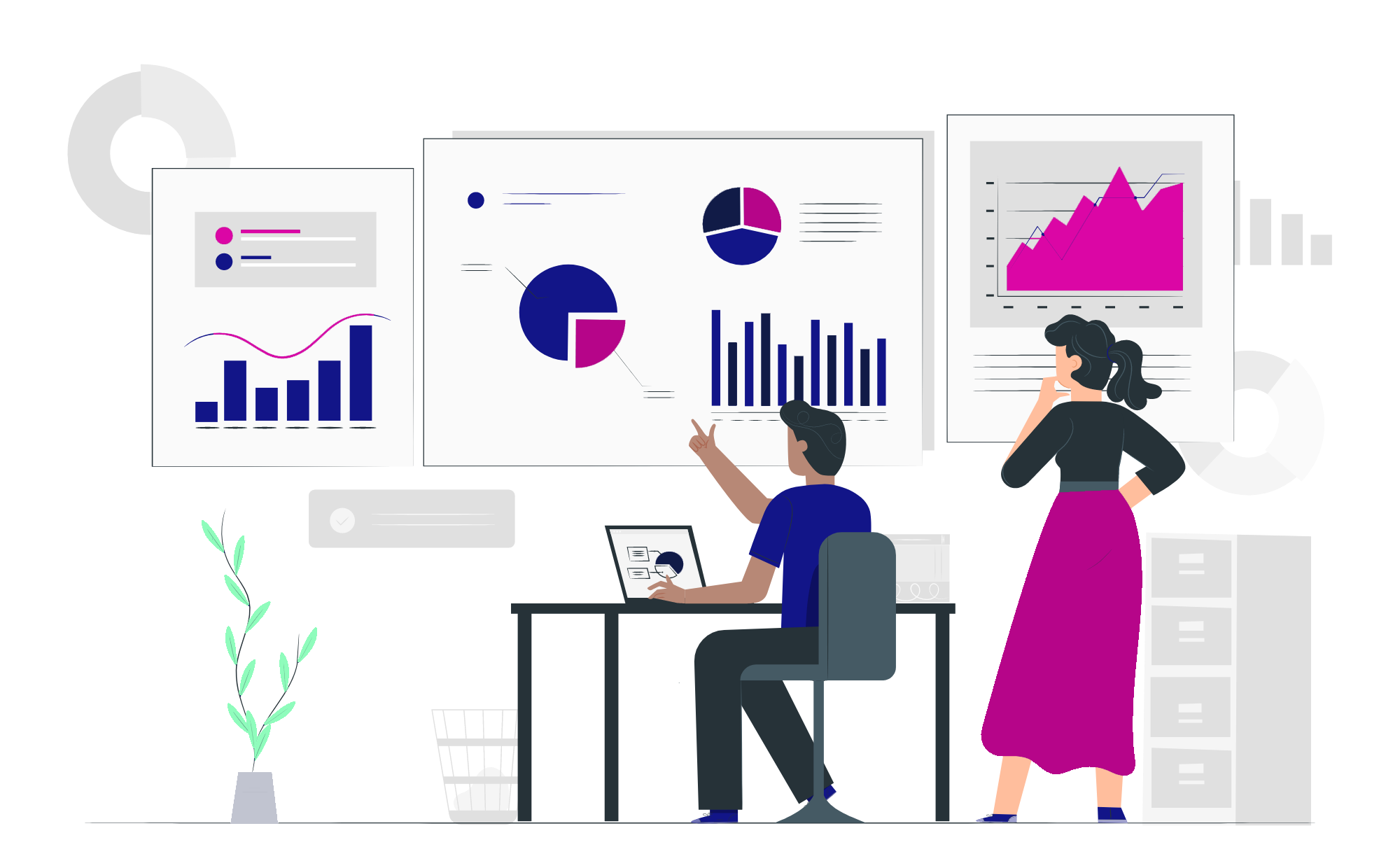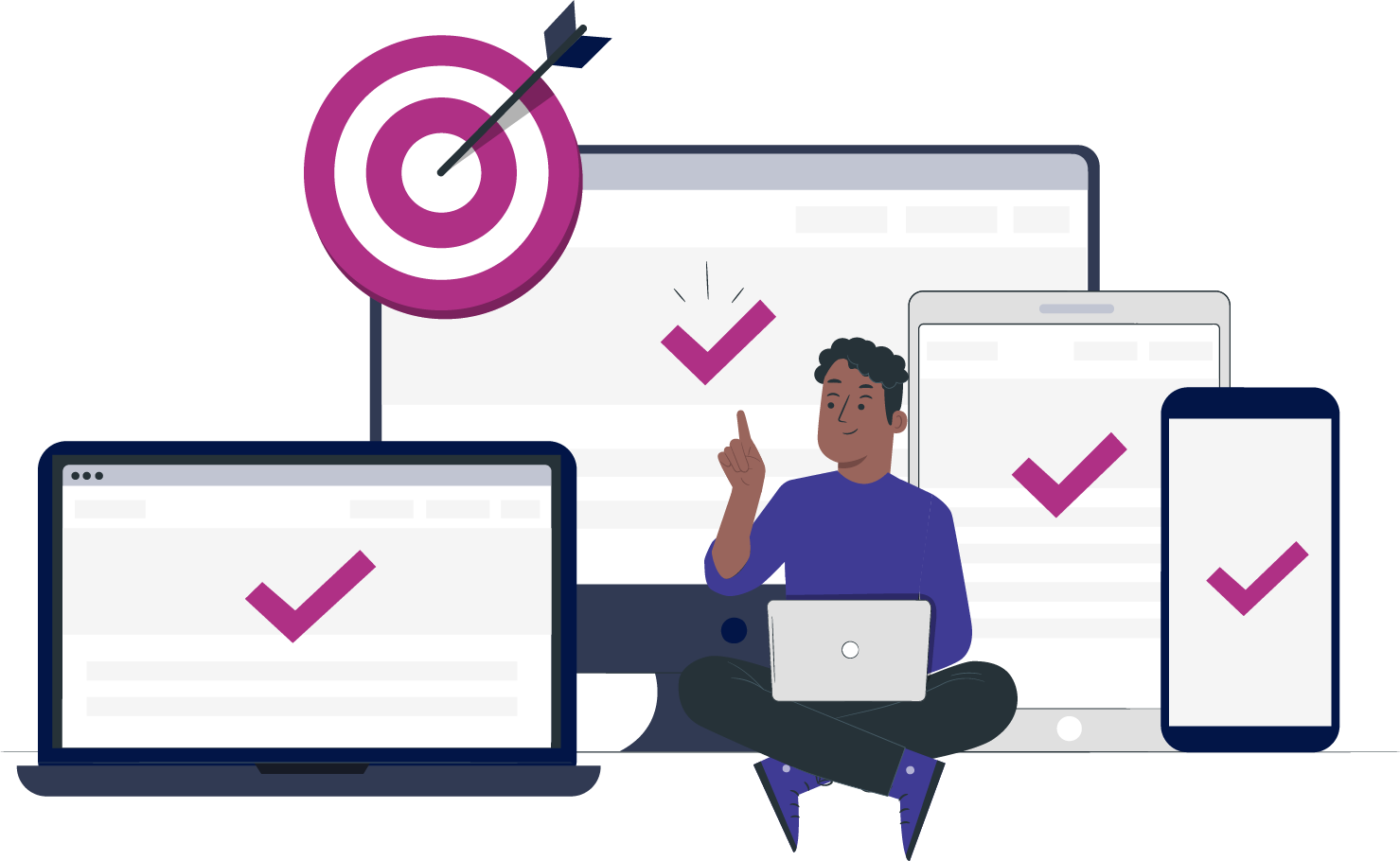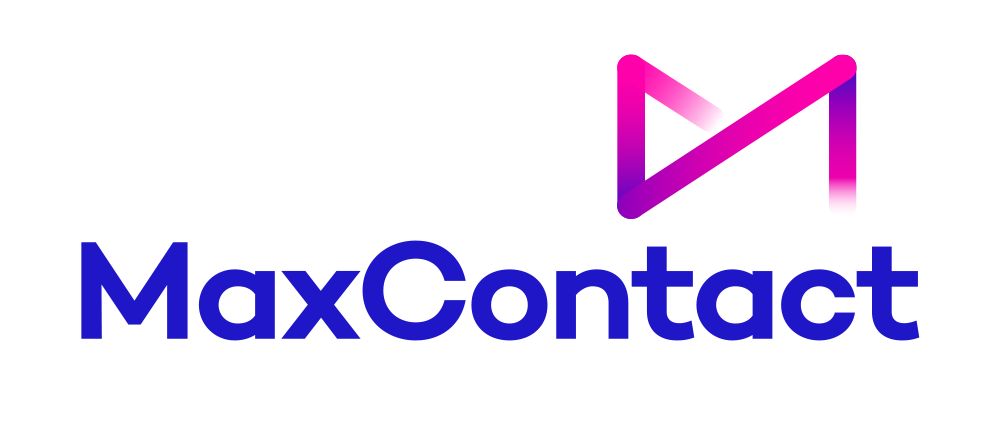A Guide To Building Client Communication Strategy
An effective client communication strategy is invaluable for any business. It is the roadmap that guides how you interact with your clients, thus ensuring they remain up-to-date and informed on all matters related to your company.
As the famous saying goes, building a solid customer base is challenging, but losing them is relatively simple. Studies have revealed that many clients worldwide are dissatisfied with the customer services they receive due to inadequate client communication techniques. We've found that only 21% of consumers rated their client communication as 'fluid and personalised'.
What is a client communication strategy?
Client communication strategy refers to the plans, platforms, and resources a business employs to connect with its audience. It's how companies design, transmit and keep up with client communications.
What is the Importance of a client communication strategy?
The techniques of connecting with customers have evolved due to technology, from outdated mail and fax to modern call centres and digital methods like email, SMS, social media, live chat, and chatbots.
Instead of the customary 9–5, these new techniques allow for 24/7 engagement with customers. It is common knowledge that consumers use the internet to learn about new items, make purchases, and spend significant time online. According to studies, 90 per cent of Australians conduct online research before purchasing products.
Knowing how to adapt communication to meet client needs is crucial because your strategy will help form a lifelong partnership between your customers and your company. Customers are far likelier to stick with a company if they feel confident in its services. Open contact lines with customers can also reduce misunderstandings, increase client happiness, and increase consumer referrals.
Moreover, Customers will appreciate that you are paying attention to them when you communicate with them promptly and with care.
Effective client communication will also boost your customer popularity, increase their perception of your reliability, and facilitate the resolution of challenging issues.

Therefore, your contact centre should tailor your client communication strategies to each client to ensure your messaging is personalised and relevant.
Read on for a step-by-step guide on how to craft a successful client communication strategy.
The Basics of Client Communication
The first step in building your client communication strategy is determining the basics of communication. What kind of communication do you need? How often should you communicate with your clients? And what message should be conveyed in each stage of communication?
Start by establishing regular check-ins with your clients, as this informs them when and how they can expect updates from you. This could mean setting up weekly or monthly calls, email newsletters, or scheduling regular catch-ups as needed. It's also essential to ensure that all communications have a clear purpose. Whether you are providing progress updates, discussing new ideas, or troubleshooting issues. In addition, pay attention to the Importance of listening. Be sure to create opportunities for your clients to provide feedback and ask questions, thus ensuring that their voices are heard and considered.
Be Creative With Your Communications
Once you have established the basics of client communications, it's time to become creative! You can use this as an opportunity to provide helpful information and engage with clients on a deeper level.
Think about ways in which you can add value beyond basic updates. This could include offering exclusive discounts or creating content tailored to their interests. Also, consider experimenting with different channels, such as video calls or virtual events. Doing this can make your communications more engaging and memorable for your employees and clients.
Set Your Goals
One of the critical aspects of crafting a compelling client communication strategy is identifying your goals. Goals provide the foundational scaffolding for any communication strategy, letting you know what outcome of working towards with your communications. Setting goals also helps define your message's overall purpose, allowing you to effectively design and tailor a message that resonates with its intended audience.
In addition, goal setting enables you to prioritise which topics are essential for your communications to be successful. This is particularly useful if there are tighter timeframes or a limited budget.
Setting well-defined goals can also add direction, structure, and focus when executing strategy. Without goals, there is no golden thread linking all your communications activities; it's merely scattered patchwork. Hence, setting clear objectives is crucial when developing an effective communication strategy.
Identify Your Target Audience
Who will be receiving the messages from your client communication strategy? Is it a specific type of customer or a broader audience? A successful communication strategy requires a clear understanding of who the message is intended for. Knowing your target audience allows you to craft an approach that speaks directly to them. Understanding your target audience's motivations, wants, and needs shapes your communication. This informs which channels are leveraged and even the timing of the message. All of these aspects are pivotal to achieving successful communication.
You must actively identify your target audience to avoid missing opportunities to engage with prospective customers. Worse still, you could alienate existing customers by failing to understand what they need from your product offering.
Knowing your target audience will help inform the type of content that needs to be created and shared with them. Additionally, it's essential to consider your target audience's preferred contact method; some may prefer email, while others may prefer SMS or social media platforms like Twitter or Instagram.
Develop Your Content Strategy
Now that you know your target audience and what kind of content they will respond best to, it's time to start developing your content strategy. However, crafting a content strategy to build better client communication can be daunting, especially when trying to ensure everyone involved is on the same page. The good news is that a well-developed plan can create meaningful experiences for clients and achieve your desired outcome.
Having a clear understanding of what you want to achieve makes it easier to determine where and how content should be distributed across channels while providing the basis for an effective communication strategy that suits the needs of both the client and the business. By systematising an organised framework detailing which channels will deliver meaningful messages, companies can take their client interactions beyond ordinary conditions and to extraordinary heights.
A successful content strategy should include topics such as what type of information should be shared with clients (e.g., announcements about new products and services), when it should be shared (daily/weekly/monthly), and how often it should be sent out (e.g., twice a day). For example, engaging content such as blog posts or videos would work well here if you're focusing on building relationships with clients. Promotional emails or ads would be most beneficial if you want to increase sales.
Monitor and Measure Results
Once you have established your content strategy and rolled out your client communication plan, monitoring and measuring results to ensure effectiveness and adjusting where necessary is essential. Analysing data such as open rates, click-through rates, and engagement metrics can help determine whether or not the plan is working as intended or if changes need to be made to reach its desired outcome.
Monitoring and measuring results are the key to staying connected with your clients, understanding their needs, and building long-term relationships. Consequently, having access to data helps you tailor the services you provide to suit the client's requirements, thus ensuring their satisfaction and contributing to overall success.
Through monitoring and measuring results, you stay ahead of the curve, which gives you evidence-based information to help guide decisions related to your services. Furthermore, effective communication and accurate feedback create a strong foundation for lasting client partnerships.
Tips for building your Contact Centre Client Communication Strategy
Collect feedbacks regularly
Knowing your customers' wants and then analysing and putting them into practice is one of the strategies to conduct effective client communication. The most effective method to accomplish this is to gather feedback.
Customers, so the saying goes, are always right, and when you ask them for their opinion before taking specific actions, they feel more valued.
Additionally, getting consumer feedback can help you build a long-lasting relationship with them and maintain their loyalty to your brand. Sending surveys, soliciting client evaluations, and monitoring social media are some of the most significant ways to get their input.
Provide self-service options
Sometimes the best form of communication is no communication at all. By collecting feedback from your customers and analysing them, you can provide them with self-service options.
You may also utilise customer contacts to learn about common difficulties and problems and use this information to create content that addresses and fixes them. This will not only make things easier for your consumers, but it will also relieve you of the stress of having to attend to multiple clients.
Self-service alternatives also enable you to enhance communication and reduce ambiguity by providing self-service education and tools like knowledge bases, FAQs, tutorials, and how-to manuals.
Additionally, it will increase website traffic since clients will go there with the assurance that they will undoubtedly find a solution to their issue.
Use omni channel communication strategies
An omnichannel communication strategy enables you to easily connect online and offline channels and reach customers where they are.
According to data, companies with an effective omnichannel customer service strategy keep their customers for an average of 89% of the time as opposed to 33% for companies with a subpar omnichannel strategy.
Every stage of the clients' journey will be enhanced by communicating with them via various channels and letting them contact you on their preferred channel.
According to omnisend, marketers using three or more channels in a campaign had a 494 per cent greater order rate than those using only one channel.
More so, the silos between different customer touchpoints are also eliminated by an omnichannel communication approach.
Therefore, determining the communication channels your clients prefer is essential before considering the best ways to provide a consistent experience through the recognized channels.

Invest in live chat tools
Customers can no longer tolerate subpar customer service - thus, good customer service has become the centre of many enterprises. Clients should always receive value for their money. Some firms have lost users as a result of poor customer service.
An invention that has aided in bridging the communication gap between vendors and customers is a live chat tool. Additionally, it has helped develop consumer trust and provide dependable customer service.
Moreover, with features like co-browsing and video chat, live chat enables immediate dialogues that foster real-time cooperation for quicker problem-solving and query resolution.
According to studies, 63% of users are more inclined to revisit a website if live chat is available.
Be proactive rather than reactive
Thinking ahead of time is one strategy to help your company stand out from the competition. Being proactive means thinking about a potential issue and coming up with a solution before it arises.
On the other hand, being reactive means waiting for a problem to manifest before offering a solution. Although it is well known that customer service is usually reactive.
However, many companies are now focusing on preventing problems from occurring altogether by taking a proactive approach to customer care through FAQs, knowledge bases, tutorials, and how-to manuals.
Create profiles for customer segmentation
Customer segmentation is crucial for personalization and keeps customers returning to your store. Since your clients are segmented into several demographics, it will enhance how you communicate with them and satisfy their needs.
Additionally, it becomes more straightforward for you to produce tailored material for each group and meet their demands.
For instance, if your customers are properly segmented, you won't have to go through the stress of sending information meant for an adult male to a young girl because you already know what will work best for each group.
Similarly, failing to segment your consumer base properly can hurt your business since customers who receive daily, pointless content may become disinterested in your brand or become bored and block you.
Summary
When running a successful business, communication with your clients is vital.
It is integral to building relationships, trust, and loyalty, creating clear expectations, and fostering positive relationships.
Communication strategies start with understanding your client's needs and values and then developing a plan that meets their expectations.
By taking the time to understand your customer's needs and values, while setting realistic expectations and goals, you can develop a tailored approach that will help build strong relationships with current clients while attracting new ones.
Following the steps outlined in this article, you can efficiently enable your message to reach its intended destination while still being relevant and personalised for each client. This means both parties are updated on progress, and all expectations are managed effectively.

From the blog






